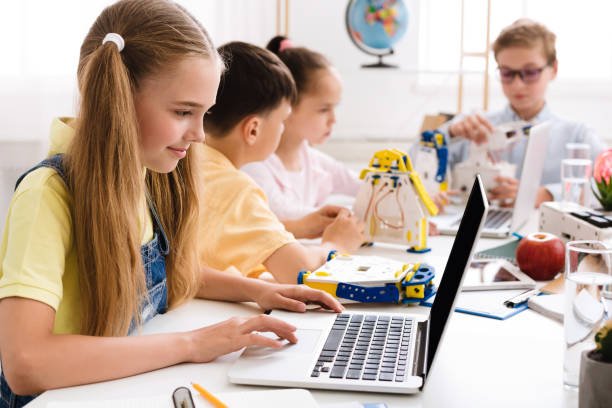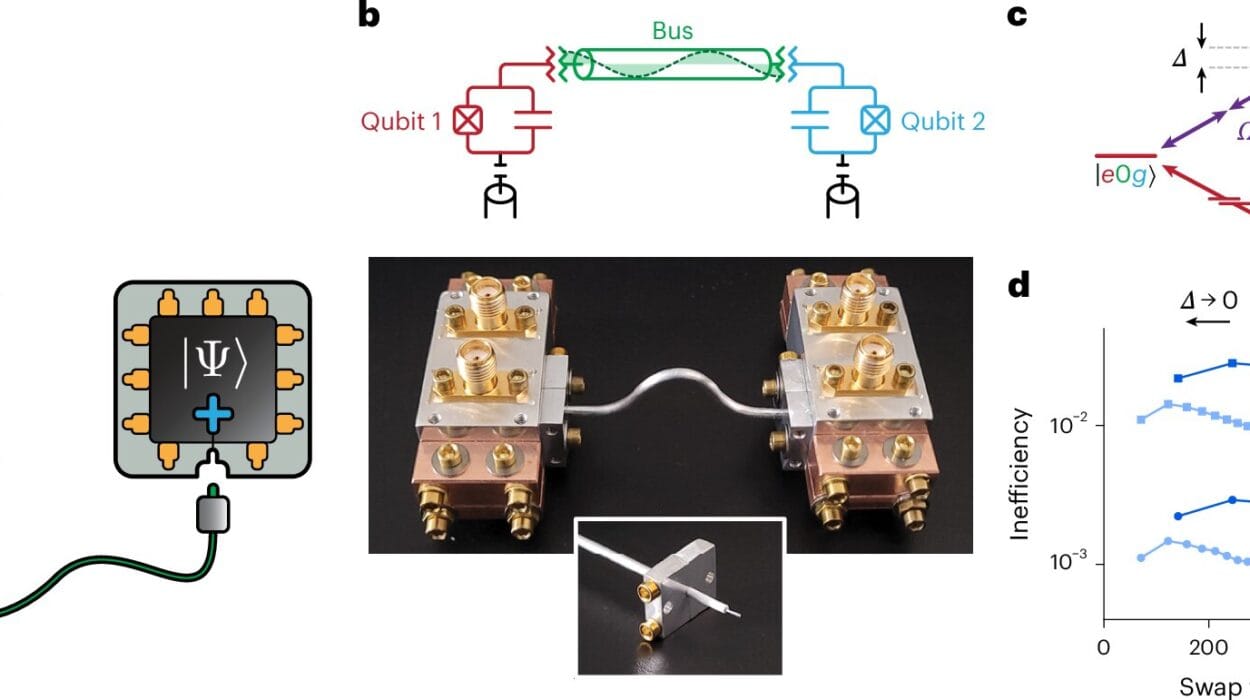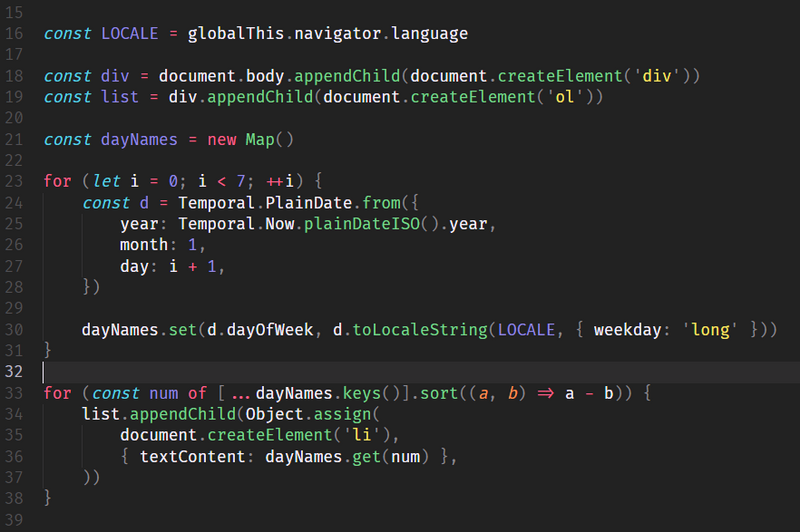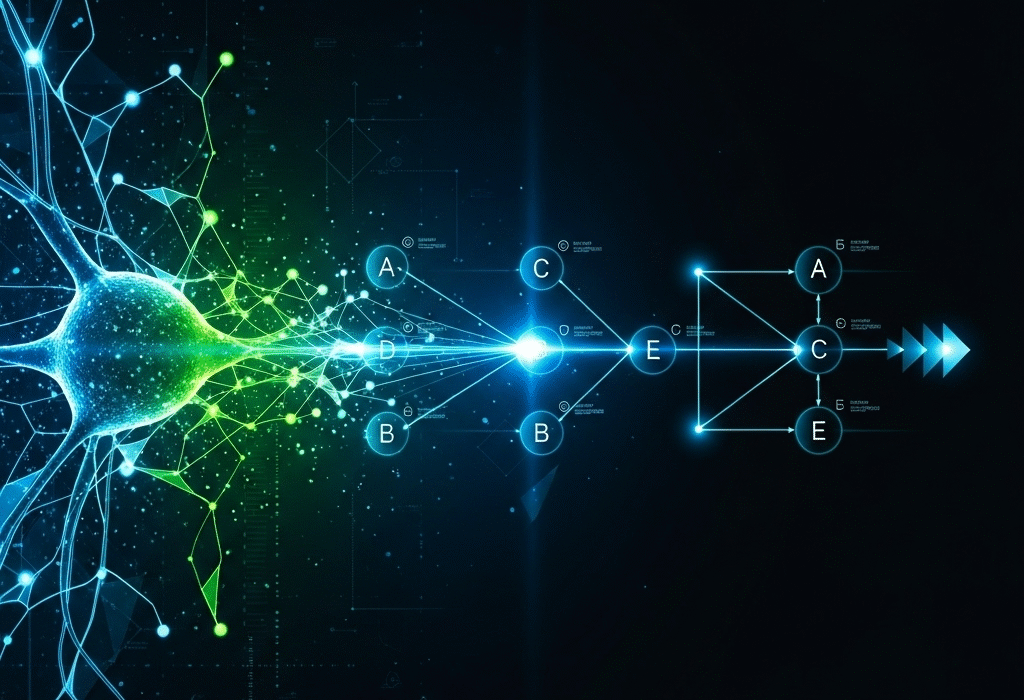Technology has fundamentally reshaped every aspect of modern life, from how we communicate and entertain ourselves to how we work, travel, and even think. One of the most profound changes in recent decades has been in the realm of education. Gone are the days when classrooms were confined to chalkboards, textbooks, and face-to-face interaction between teachers and students. Today, technology has become an integral part of the educational landscape, not just in terms of tools and resources, but also in the very way we approach learning itself.
The Transformation of Education through Technology
Historically, education was a static process: students sat in rows, listened to the teacher’s lectures, and learned from textbooks. However, with the advent of technology, this static model has shifted into a more dynamic, flexible, and personalized system. With tools like the internet, mobile devices, artificial intelligence (AI), and virtual reality (VR), education is becoming more interactive, accessible, and tailored to the needs of individual students.
One of the primary ways technology has revolutionized education is by making learning more accessible. With the rise of online courses, students no longer need to attend physical classrooms to gain knowledge. Platforms like Coursera, Khan Academy, and edX offer free or affordable courses on a vast array of subjects, allowing learners from around the world to access top-tier education without leaving their homes. This accessibility extends beyond the availability of courses; it also includes access to learning materials. E-books, online journals, research papers, and instructional videos have replaced the traditional textbook, creating a more diverse and engaging learning environment.
The Role of Artificial Intelligence in Personalized Learning
Artificial Intelligence (AI) has been one of the most exciting developments in educational technology, especially when it comes to personalized learning. Traditional classrooms often rely on a one-size-fits-all approach, where the teacher follows a set curriculum designed for the majority of students. However, this approach can leave behind students who learn at different paces or have unique needs. AI, however, is making it possible to create personalized learning experiences that are tailored to the strengths, weaknesses, and interests of each student.
For instance, AI-powered tools like adaptive learning platforms are capable of assessing a student’s current knowledge and then customizing the material to match their learning style and pace. These tools can provide instant feedback, suggest resources for further study, and even modify the difficulty of tasks based on the student’s progress. By doing so, they ensure that students are neither overwhelmed nor underchallenged, creating an environment that fosters learning at the optimal level.
Furthermore, AI can help educators by automating administrative tasks like grading, allowing teachers to focus more on teaching and interacting with students. Some platforms even offer AI-driven tutors, which provide students with real-time assistance and feedback, simulating the experience of having a personal tutor available 24/7.
Virtual Reality and Augmented Reality in the Classroom
Virtual Reality (VR) and Augmented Reality (AR) are two of the most innovative technologies that are transforming how students engage with educational content. These immersive technologies offer hands-on experiences that make learning more interactive, engaging, and memorable.
For example, in subjects like history or geography, VR allows students to take virtual field trips to ancient civilizations or explore the geography of distant lands. Rather than reading about the Pyramids of Egypt, students can step inside a 3D model of the pyramid, experiencing it as if they were there. Similarly, in science, VR simulations allow students to interact with complex scientific concepts and phenomena that would be impossible to observe in a typical classroom setting.
AR, on the other hand, enhances the real world by overlaying digital information onto it. For example, students studying biology can use AR apps to visualize the anatomy of the human body in 3D, or engineering students can simulate the workings of machinery right in front of them. By adding a layer of interactivity and visualization, AR and VR foster a deeper understanding of complex topics and help students develop critical thinking and problem-solving skills.
Gamification: Turning Learning into Play
One of the most effective ways to engage students is by making learning fun. Gamification, or the use of game mechanics in non-game contexts, is a strategy that has been widely adopted in educational technology. By introducing elements like rewards, levels, and competition, gamification encourages students to stay motivated and engaged in their learning journey.
Platforms like Duolingo have gamified language learning by incorporating challenges, levels, and rewards that keep users coming back for more. In classrooms, teachers are using educational games to teach everything from math to history. These games are designed to make learning feel like a fun, low-stakes activity, allowing students to practice and reinforce their skills without the pressure of traditional testing.
In addition to motivating students, gamification can also provide instant feedback and allow for adaptive learning. Students can progress at their own pace, revisiting topics they find challenging while advancing quickly through areas they excel at. By providing a more enjoyable and personalized learning experience, gamification has proven to be a powerful tool in boosting student engagement and achievement.
Online Learning Platforms and the Rise of Remote Education
Perhaps the most significant shift in education in recent years has been the rise of online learning. The COVID-19 pandemic acted as a catalyst for the rapid adoption of online education, but even before the pandemic, there was a growing trend towards digital learning environments. Today, platforms like Zoom, Google Classroom, and Microsoft Teams enable teachers to conduct lessons remotely, while Learning Management Systems (LMS) like Moodle and Blackboard allow students to access materials, assignments, and grades from anywhere with an internet connection.
Online learning offers several advantages over traditional in-person education. It breaks down geographical barriers, allowing students to attend courses from prestigious institutions that they might not otherwise have access to. It also offers greater flexibility, with students able to learn at their own pace and on their own schedule. For adult learners, working professionals, or those with family responsibilities, online education can be a more practical and accessible option.
However, online learning also presents challenges, particularly in terms of ensuring that students have access to the necessary technology and a stable internet connection. It can also be more difficult to foster the same level of interaction and engagement as in traditional classrooms. Nevertheless, the growing use of online platforms and virtual classrooms is likely to continue, evolving alongside the needs of students and educators.
Blockchain and the Future of Credentialing
Blockchain technology, most commonly associated with cryptocurrencies, is also making its mark in education. One of the key challenges in education today is verifying credentials and ensuring that degrees and certificates are legitimate. Blockchain offers a solution by providing a secure, transparent, and immutable record of academic achievements.
By using blockchain, universities and other educational institutions can issue digital diplomas and certificates that are easily verified by employers, government agencies, and other institutions. This eliminates the need for paper transcripts and ensures that students’ credentials cannot be forged. Blockchain can also enable students to track their learning journey, providing a permanent record of their academic accomplishments and skills development.
Moreover, blockchain has the potential to create new models for credentialing. Rather than relying solely on traditional degrees, blockchain could allow for micro-credentials or digital badges that represent specific skills or achievements. This would allow students to earn credentials that are more closely aligned with their career goals and the needs of the job market.
The Digital Divide: Ensuring Equity in Education
Despite the many advantages of technology in education, one of the biggest challenges is ensuring that all students have access to these tools and resources. The digital divide—the gap between those who have access to technology and those who do not—remains a significant issue, particularly in low-income and rural areas.
In many parts of the world, students still lack reliable internet access, and even in developed countries, there are disparities in the availability of devices and high-speed broadband. As a result, efforts to bring technology into the classroom must be accompanied by initiatives to bridge the digital divide. This includes providing affordable or subsidized internet access, distributing devices to students who need them, and offering digital literacy training to both students and teachers.
By addressing these inequities, we can ensure that technology in education benefits all students, not just those in well-resourced communities. This will be crucial for ensuring that the digital transformation of education does not exacerbate existing social inequalities.
The Future of Education: Trends and Innovations
As we look ahead, the future of education is undoubtedly intertwined with technology. In the coming years, we can expect even more innovations that will continue to transform the learning experience. Some of the trends to watch out for include:
- AI-Driven Tutors: AI will continue to play a significant role in personalizing education, with even more sophisticated virtual tutors capable of guiding students through their lessons, answering questions, and providing customized feedback.
- Adaptive Learning Systems: These systems will become more advanced, using data analytics to track student progress and adapt the curriculum in real time. This will enable even greater personalization and help students reach their full potential.
- Immersive Learning Experiences: As VR and AR technology becomes more advanced, students will be able to engage in even more immersive and realistic learning experiences, from exploring historical sites to conducting virtual science experiments.
- Lifelong Learning: With the rapid pace of technological change, the need for continuous learning will increase. Online platforms, micro-credentials, and self-paced courses will make it easier for adults to upskill and reskill throughout their careers.
- Collaborative Learning Tools: Technology will continue to foster collaboration, allowing students to work together on projects, share ideas, and learn from each other, regardless of their physical location.
Conclusion
Technology has already transformed education in profound ways, making learning more accessible, personalized, and engaging. From AI-driven platforms to virtual classrooms and immersive learning experiences, technology is helping students to learn in ways that were once unimaginable. However, as we continue to embrace these innovations, it is essential to ensure that all students have access to the tools and resources they need to succeed. By addressing the challenges of the digital divide and promoting equity in education, we can create a future where technology enables all students to reach their full potential, regardless of their background or location.
The revolution in education is just beginning, and the possibilities are endless. As technology continues to evolve, so too will the way we learn, opening up new opportunities for students, teachers, and lifelong learners alike. The future of education is bright, and technology will undoubtedly be at the heart of it.






